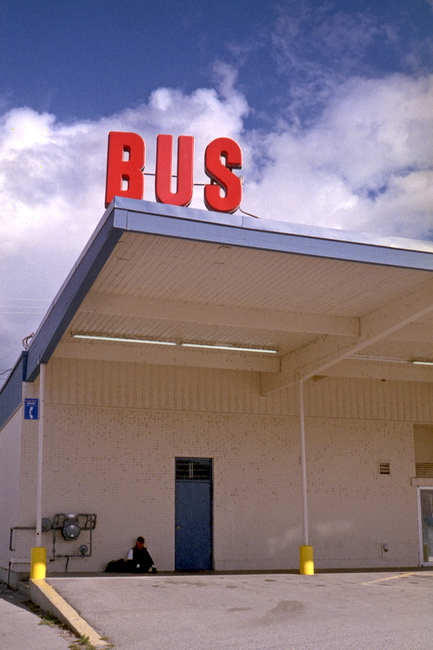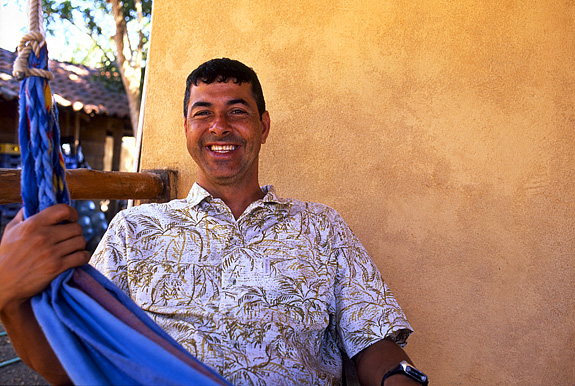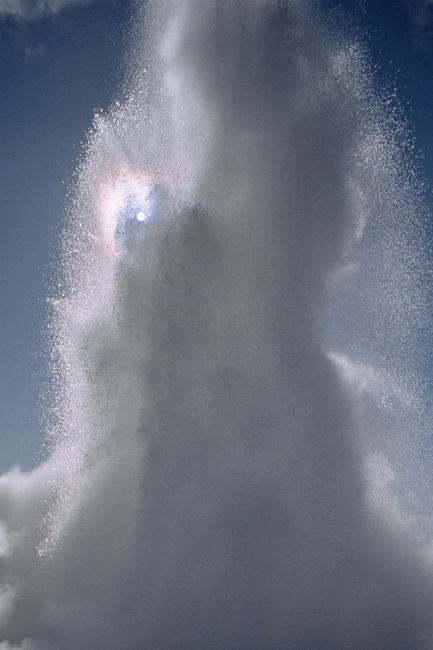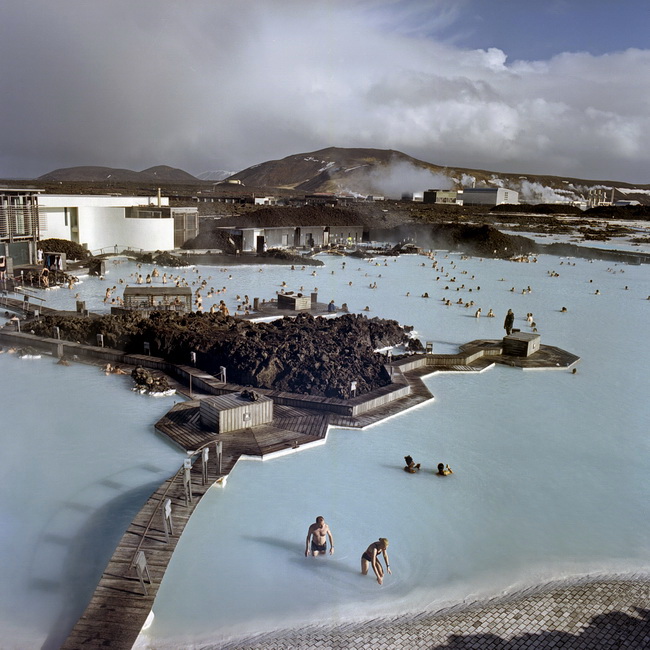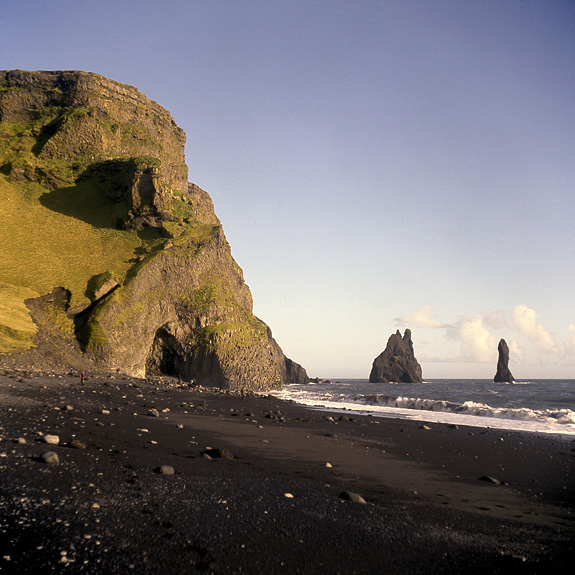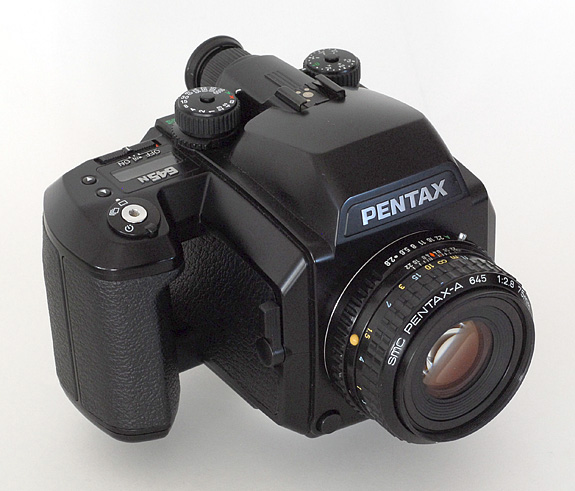 Every photographer I know has more than one camera. Some have three or four, while others have so many they could put a small camera store to shame. Okay, maybe that’s just me. But no matter how many you have, there’s probably one in the bunch that you regard as your “main” camera. This is the one you reach for when you’re going out specifically to take pictures. Until recently, for me that camera was a Pentax 645N.
Every photographer I know has more than one camera. Some have three or four, while others have so many they could put a small camera store to shame. Okay, maybe that’s just me. But no matter how many you have, there’s probably one in the bunch that you regard as your “main” camera. This is the one you reach for when you’re going out specifically to take pictures. Until recently, for me that camera was a Pentax 645N.

Big, richly detailed negatives are the hallmark of medium format film. The 645N also records exposure data in the margins.
The 645N is a medium-format camera that produces 6cm × 4.5cm negatives, hence the “645” designation. It uses 120 roll film (yes, you can still buy it), which in some cameras yields the square, 6cm × 6cm negative often associated with the format. Still other cameras use 120 film for 6cm × 7cm negs. But all these variations have one thing in common: gorgeously big and detail-rich negatives that result in amazing prints.
I first fell in love with medium-format photography when I ran some 120 film through a newly acquired Yashicamat twin-lens reflex (TLR) camera. The images were tremendous, especially compared with what I was getting from my 35mm SLRs and Nikon D200 digital SLR. But I found the Yashica’s lack of a built in light meter and its fixed-focal-length lens to be limitations. What I wanted was something that used 120 film, but had the features and handling of a traditional SLR.
After looking at Hasselblads, Bronicas, and Mamayas, I ultimately settled on the Pentax 645N. To be honest, price was a big factor. I was able to get a body and 75mm lens (which produces the same image scale that a “normal” 50mm lens does in a 35mm camera) for around $500. Later on, I got a beautiful 45mm wide-angle (28mm equivalent in 35mm terms) for only $200 at a local used-camera store. With that, I was ready to roll.
The 645N proved to be everything I hoped for. It feels great in the hand and the images are spectacular. And though its bigger and heavier than my 35mm SLRs, the results more than justify the extra bulk. Best of all, unlike my digital cameras, there are no menus to scroll through to get at the necessary controls — every important function has a button, knob, or switch. I also appreciate that it can be set to record shutter, aperture, metering, and lens data in the margins of the negatives. That’s a very handy feature. The 645N even does autofocus, though my lenses are manual focus only.

All the photographic functions of the camera are readily accessible without having to scroll through menus The ISO setting, battery status, metering pattern, and frame count are displayed in the LCD. The 645N is powered by 6 AA batteries housed in the hand grip.
All the photographic functions of the camera are readily accessible without having to scroll through menus The ISO setting, battery status, metering pattern, and frame count are displayed in the LCD. The 645N is powered with 6 AA batteries housed in the hand grip. I especially love the logical design of the 645N. For instance, if I want to shoot in aperture priority mode, all I have to do is put the exposure dial in the “A” position and I’m set. Shutter priority? Put the aperture control on “A” and select the shutter speed. Fully automatic? Put the aperture and shutter dials both on “A.” Simple. Why aren’t more cameras made like this?
So if great images and ease-of-use are the upside, what’s the downside? I’ve already mentioned weight (60 ounces with batteries and 75mm lens), but if you’re going to go with a medium-format SLR like the 645N, extra ounces are just part of the deal. It’s also worth pointing out that the 645N weighs only 12 ounces more than my digital SLR with its kit lens (a Nikon D200 equipped with a 18-70mm zoom) and actually fits into the same holster-style camera bag. The main downside to the 645N is noise. When you press the shutter, you hear a pretty good “clack!” as the shutter fires, followed by the fast whir of the film advance. This is not a camera that’s going to work for stealth photography — that is, unless you’re really good at getting what you want with a single shot and are quick on your feet.
If a medium format SLR is something that suits the kind of photography you like to do, and if you can live without changeable film backs, the 645N is worth checking out. For additional details and specifications, a Google search will provide you with plenty of info. Ken Rockwell has an especially thorough write up on his web site.
I no longer have the Pentax. Once I acquired my Hasselblad, the 645N became surplus and now has a new home. And though I really enjoy the Hassy, the Pentax remains one of the finest cameras I’ve had the pleasure to use.
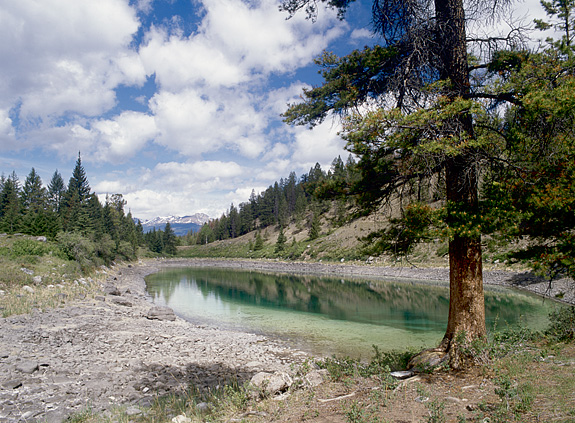
It’s all about the results. This photo was taken in the Canadian Rockies with the 645N and a 45mm wide-angle lens.
Did you find this article interesting or helpful? If so, consider using this link the next time you shop at Amazon.com. Better yet, bookmark it for future use. Thanks to Amazon’s associates program, doing so costs you nothing yet helps keep this site up and running. Thanks!
For more of my camera reviews, click here.

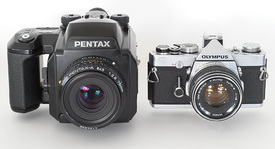
 Subscribe with RSS
Subscribe with RSS